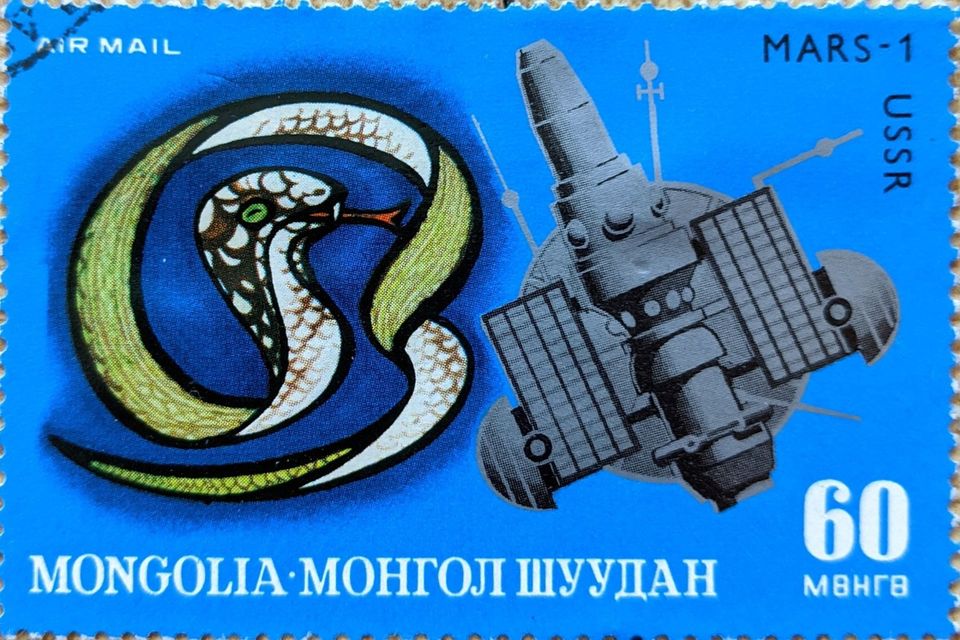York Gets SDA Job; Airbus Sees U.S. Government Opportunity

York Wins SDA Contract Award (It’s Less than LM’s)
This week, another space startup, York Space Systems, gained a government contract. The Space Development Agency (SDA) offered York the $94 million contract. York is on the hook to manufacture 10 SDA satellites and be ready to launch them in slightly over two years (September 2022). The satellites will be communications hubs (the SDA calls this the “transport layer”), passing weapons system data with lasers. Based on this information, these satellites will be part of a low Earth orbit (LEO) broadband system dedicated to passing along Department of Defense (DoD) weapons system data.
The per satellite cost, just based on the contract value, is $9.4 million, which isn’t quite as low as OneWeb’s $1 million per satellite cost (SpaceX’s Starlink costs even less). But that per satellite cost isn’t as high as what the DoD has paid for its traditional communications satellites, such as AEHF’s $850 million price-tag. Depending on the result, SDA may have a bargain on its hands--at least initially.
While it’s not clear from the story, York may be using its “S-Class” satellite bus for the SDA contract (just guessing). The S-Class bus does have an option for a laser downlink terminal, but there’s no evidence of a laser crosslink option. The company also advertised the S-Class bus as capable of hosting payloads with a mass as high as 85 kilograms, for a total spacecraft mass from 150-200kg. For comparison, LEO broadband satellites from companies such as OneWeb and SpaceX have masses ranging from ~150 kg to 260 kg. OneWeb’s and SpaceX’s satellite masses do not include laser crosslinks.
The company will need to speed up its production rate. York noted it manufactured its first S-Class satellite in about 3.5 months. That rate means York would not be able to manufacture ten spacecraft in the contract’s timeline. It’s likely York learned much from its first manufacturing experience and will be able to meet the SDA’s schedule.
As if working from the same script used by the DoD’s NSSL program office, SDA awarded a large legacy company double the amount awarded to York--for the same work. Lockheed Martin was awarded $188 million. It’s almost as if both DoD acquisitions organizations feel compelled to throw legacy space providers a bone each time they pass out awards.
New and Legacy Space Companies Seeking Government Funds
York is the latest example of a newer type of space company to pursue and gain government contracts. York’s award is part of a trend in which other new space companies, such as SpaceX and Planet, are already involved. In “Government Space Budgets=Industry Priorities (Where’s Commercial?),” I observed:
But commercial space shouldn’t grow only because of government needs--those can really skew a company's offerings. NASA’s and the DoD’s big budgets are why startups such as Planet pursue those government-established focuses. There appears to be too much market distortion for the company to chase commercial customers alone. Even a more successful company, SpaceX, is pursuing government contracts and subsidies.
The government’s large wallet fosters this trend among new space companies and continues its enabler relationship with legacy space companies. Even legacy European-headquartered space companies are sniffing at the U.S. DoD money-well. A few weeks ago, the head of Airbus’ U.S. Space & Defense division, Debra Facktor, noted seeing possible U.S. government contracting opportunities through using its OneWeb satellite bus:
“A lot of the philosophy coming out of the U.S. government is that they want to leverage commercial capabilities and they also recognize that if they don’t use 100% the exact commercial model, they can adapt it for their unique purposes. So that is really where we’ve been focusing, showing you can adapt and that the interface that goes to the payload is secure. That’s a pretty important and unique capability.”
Considering Airbus’ history of finding great success in markets that companies like Boeing identified as unprofitable, it might be smart to pay attention to Airbus’ U.S. space efforts. Airbus might be attempting something similar with small satellite manufacturing in the U.S.
Unsurprisingly, between OneWeb’s bankruptcy filing and COVID-19, Facktor said the manufacturing pace for OneWeb’s satellites has slowed to one per week. That doesn’t sound like it would result in enough satellites considering a Soyuz launch vehicle is supposed to launch 34 OneWeb satellites at a time. Does this mean OneWeb’s launch manifests slows even more than it has?
The upshot of both of these stories appears that U.S. government contracts, particularly U.S. military contracts, are attractive to new and legacy space companies. There’s enough money from the U.S. government that Airbus has hopped in and formed a space division to get a pie piece. While the money is attractive, it is also distorting the U.S. satellite manufacturing market by making it comparatively unprofitable for these companies to cater to commercial needs. Or perhaps the government money will keep them afloat as they seek their commercial customers.
Either way: where are the commercial opportunities for these companies?




Comments ()